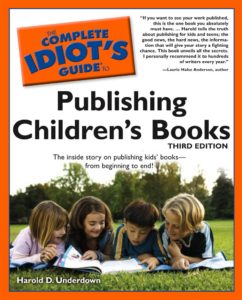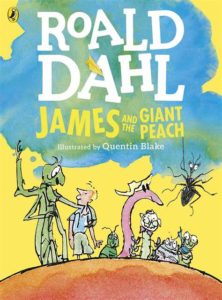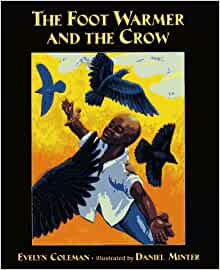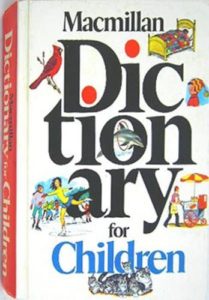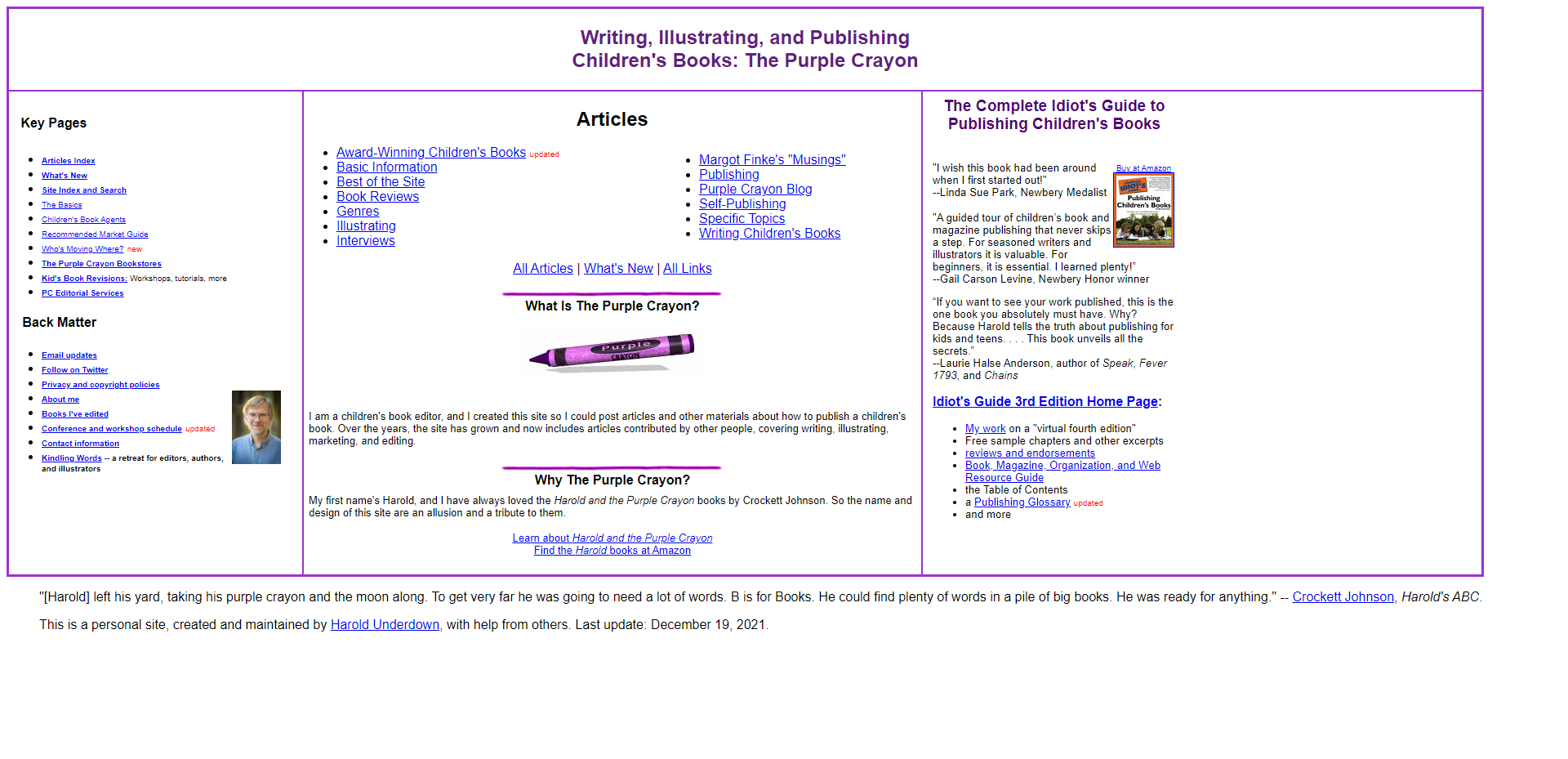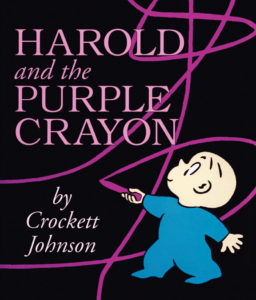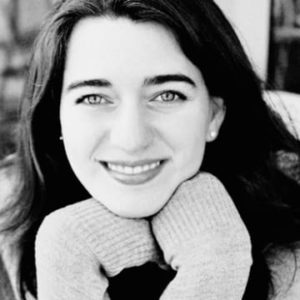 This month’s Industry Insider Interview is with Lisa Rosinsky, Senior Editor at Barefoot Books in Concord, MA, where she edits and art directs picture books and board books. Lisa could just as easily appear at OPB as an Author Interview because she’s a poet, YA novelist, and picture book writer, too. Along the way, she earned a BA in creative writing from the Writing Seminars at Johns
This month’s Industry Insider Interview is with Lisa Rosinsky, Senior Editor at Barefoot Books in Concord, MA, where she edits and art directs picture books and board books. Lisa could just as easily appear at OPB as an Author Interview because she’s a poet, YA novelist, and picture book writer, too. Along the way, she earned a BA in creative writing from the Writing Seminars at Johns 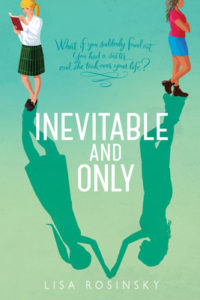 Hopkins and an MFA in creative writing (poetry) from Boston University. She also beat out hundreds of applicants to become the 2016–2017 Associates of the Boston Public Library Writer-in-Residence, where she worked on her first and second YA novels. Her debut YA novel, Inevitable and Only, tells a story of secrets, sisters, and Shakespeare!
Hopkins and an MFA in creative writing (poetry) from Boston University. She also beat out hundreds of applicants to become the 2016–2017 Associates of the Boston Public Library Writer-in-Residence, where she worked on her first and second YA novels. Her debut YA novel, Inevitable and Only, tells a story of secrets, sisters, and Shakespeare!
Pretty cool, right?
But wait—there’s more! Here are ten things you absolutely must know about Lisa before we go any further. Just because.
Lisa:
- translates French picture books.
- has two cats that are convinced they’re dogs.
- was half of a two-person traveling production of The Lion, the Witch, and the Wardrobe.
- is a font nerd (favorite typeface: Baskerville; favorite punctuation mark; ampersand &).
- has been a musical instrument-selling wench at a Renaissance Faire.
- writes poems about “love, gods, and dinosaurs.”
- has worked as a witchcraft and spellbook proofreader.
- has been a library coffee shop barista.
- has a shockingly good collection of punny T‑shirts.
- was once co-billed with Sir Patrick Stewart (say what?! Find out more below…)
What better intro to an interview is there than a list of awesomeness like that, right? So, let’s get straight to the interview then!
RVC: Rumor has it that you started writing as a child growing up in the suburbs of Baltimore.
LR: As far back as I can remember, I’ve always wanted to make books. I used to write and illustrate my own little poems in a marble composition notebook. I also used to cut out pieces of loose-leaf paper, staple them together, and write a character profile on each page. I called them my “People Books”—they were meant to be catalogs of characters I could write about someday.
RVC: Talk about starting the writing research early! Now, what school project got you really thinking more seriously about becoming a writer?
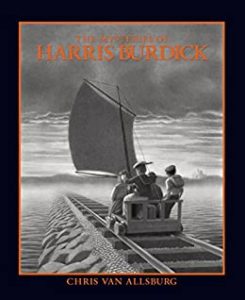 LR: When I was in fourth grade, I met That Teacher—the one who changes your whole life. Her name was Kitty Boyan. She read us The Mysteries of Harris Burdick by Chris Van Allsburg—a book of unfinished stories or story-starters, 14 intriguing images with titles and one-line captions but no other text. Mrs. Boyan assigned us to pick one of the images and write the story behind it. Mine turned into an entire novel that took me four more years to finish. I wrote the whole thing by hand in—you guessed it—a marble composition notebook. It’s fun to look at it now and see how drastically my handwriting changed over those four years!
LR: When I was in fourth grade, I met That Teacher—the one who changes your whole life. Her name was Kitty Boyan. She read us The Mysteries of Harris Burdick by Chris Van Allsburg—a book of unfinished stories or story-starters, 14 intriguing images with titles and one-line captions but no other text. Mrs. Boyan assigned us to pick one of the images and write the story behind it. Mine turned into an entire novel that took me four more years to finish. I wrote the whole thing by hand in—you guessed it—a marble composition notebook. It’s fun to look at it now and see how drastically my handwriting changed over those four years!
RVC: When I look at my childhood writing efforts, I can’t even read the chicken scratches! Since we’re talking about your childhood though, the plotline for your first YA book, Inevitable and Only, sort of came from that, didn’t it?
 LR: That’s true! One day when I was in middle school, out of the blue, I invented an older brother. It started by dropping his name at lunch. Then my friends were curious, so I had to come up with more details about his backstory and why they’d never met him. By the time he’d turned into a rock-guitarist-Doctor-Without-Borders who was conveniently taking a year off to backpack around the world, which was why none of my friends had ever seen his purple hair, sleeve tattoos, or facial piercings—well, at that point one of my friends asked my mom, “Hey, have you heard from Steve lately?” She said, “…Steve who?” and the game was up.
LR: That’s true! One day when I was in middle school, out of the blue, I invented an older brother. It started by dropping his name at lunch. Then my friends were curious, so I had to come up with more details about his backstory and why they’d never met him. By the time he’d turned into a rock-guitarist-Doctor-Without-Borders who was conveniently taking a year off to backpack around the world, which was why none of my friends had ever seen his purple hair, sleeve tattoos, or facial piercings—well, at that point one of my friends asked my mom, “Hey, have you heard from Steve lately?” She said, “…Steve who?” and the game was up.
Many years later, I started daydreaming on a long drive about a character who discovered a secret sibling they’d never met…and that’s where Inevitable and Only began. I wrote the story outline in one long rush and then drafted the book during NaNoWriMo (National Novel Writing Month), which is a challenge to write a novel, or at least 50,000 words, in 30 days.
RVC: Looking back, what was the most important lesson you learned from participating in NaNoWriMo?
LR: NaNoWriMo is a wild experience. Trying to hit that 50,000-word goal in such a short span of time teaches you amazing writing discipline. I would wake up very early and write a couple thousand words before work every morning to make sure I hit my word count for the day. Then I’d outline the next scene, so that the next morning I’d wake up and know exactly what I was going to write and could sit down and start right away.
RVC: So, you’re a morning writer then?
LR: Early mornings are still my favorite time to write…when my creative brain is still loose and dreamy, before my critic/editor brain has fully awoken.
RVC: From looking at your LinkedIn educational profile, it’s clear that you were going full-blast toward a future as a poet (witness the 2009 Provost’s Undergraduate Research Award for “Poetry in Performance” and numerous publications in venues such as Prairie Schooner, Mid-American Review, and Hunger Mountain). Since you’re not a poetry professor somewhere, I have to ask—what got you off that course and into the world of kidlit? Was it being an editorial intern at Highlights for Children?
LR: I’m still writing and publishing poetry in journals, and I’m also working on a full-length poetry collection. But I have never been interested in academia as a career. I’ve always wanted to make books, rather than write or teach about them.
RVC: I get that. I’m knee deep (sometimes neck deep!) in academia, and I assure everyone, it’s not at all the same as making books. Now, when did you officially get interested in kidlit?
LR: I first became interested in kidlit when I worked as a traveling actor for the Maryland Theatre Association. We were a small company of actors and we’d drive all over the state of Maryland performing plays for elementary school students. We did one play about folktales around the world and another that was a two-person production of The Lion, the Witch, and the Wardrobe. I played Lucy, Susan, and the White Witch, and the other actor played Aslan, Peter, Edmund, and Mr. Tumnus. We did a lot of quick costume changes! From that job, I learned that I loved working with kids and stories, and I wanted to find a job where I could keep doing that. I applied for an internship at Highlights, the magazine I’d loved since I was little, and from there I fell in love with children’s publishing.
RVC: Your first actual job in kidlit was at Boyds Mills Press. In all your experience there, what most surprised you?
LR: I worked in managing editorial, so I mostly handled schedules and copyediting. But I learned as much as I could about the creative side of editing when I got to sit in on acquisitions meetings. I was surprised by how much there was to learn about artwork. My educational background was all in writing and literature; I’d never studied art. But picture books are at least 50% about the illustrations.
I loved the way illustrators could not only bring a story to life with pictures but could also add to the text, creating new dimensions and nuances that the author (or editor!) might not have even dreamed of. And I loved seeing which artists were chosen for each manuscript and trying to figure out what made the illustrator a perfect fit for that book. Art directing is still one of my absolute favorite parts of my job.
RVC: What Boyds Mills book that you worked on was your favorite?
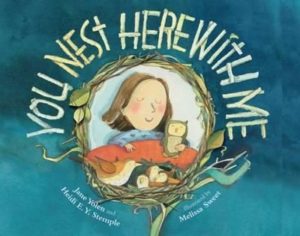 LR: You Nest Here with Me, by Jane Yolen and Heidi E. Y. Stemple and illustrated by Melissa Sweet, is still a favorite bedtime read-aloud in our house. That was also one of the first times I got to work on a book written by an author whose work I’d loved reading as a kid. I was only a lowly copyeditor on the project, but still–there is no thrill quite like that experience.
LR: You Nest Here with Me, by Jane Yolen and Heidi E. Y. Stemple and illustrated by Melissa Sweet, is still a favorite bedtime read-aloud in our house. That was also one of the first times I got to work on a book written by an author whose work I’d loved reading as a kid. I was only a lowly copyeditor on the project, but still–there is no thrill quite like that experience.
RVC: How did you end up at Barefoot Books?
LR: I wanted to move from managing editorial to the more creative side of things—not just project-managing books, but making them. So I took some fabulous classes in the children’s literature MA program at Simmons College and then earned an MFA in creative writing from Boston University. After that, I started looking for editorial jobs. A friend introduced me to Barefoot Books around the same time, saying they were the best books she’d found for her young son, with diverse casts of characters, beautiful stories, and gorgeous artwork. I researched Barefoot and saw that they’d just posted a senior editor role—so I applied.
RVC: What’s the most important thing people should know or understand about Barefoot Books?
LR: Barefoot has been an independent, mission-driven company for its entire 30-year history. I think that has allowed us to be nimble, take risks, and devote a deep level of care and attention to every single one of our books the whole way through the process. We keep our titles in print for a very long time, so each book is a long-term investment for us. We’ve always had a global focus, opening kids’ hearts and minds to stories from around the world and teaching them to be compassionate global citizens and stewards of our planet—messages that I think continue to become more relevant every year. And our whole list has a distinctive visual aesthetic; we work with illustrators from all over the world who make high-quality, beautiful artwork in a wide variety of media and styles.
RVC: Please share your secret for being so productive. Freelance copyeditor. Senior editor at Barefoot Books. Poet. Novelist. Mom. How do you make all that happen and still find time to do interviews like this?
LR: I guess “I have no idea” isn’t a very helpful answer?! I am constantly trying to get better at saying no to things… But in all seriousness, I’m grateful that I get to do so many things I love every day. I highly recommend having a couple of cats who will nap in your lap while you’re working so that you can’t get up.
RVC: [Making Note to Self that says: Purchase cats.] You write picture books under the not-so-secret pen name of Skye Silver. Why use a pen name, and is there a story behind that one?
LR: It’s an homage to two of my friends and mentors at Barefoot. Our (now-retired) editor-in-chief and cofounder Tessa Strickland wrote under the pen name Stella Blackstone, and senior editor Kate DePalma sometimes writes as Sunny Scribens. So, I chose a celestial name to go with Stella and Sunny, using the last three letters of my last name, “-sky.”
TL;DR: it’s my pirate persona.
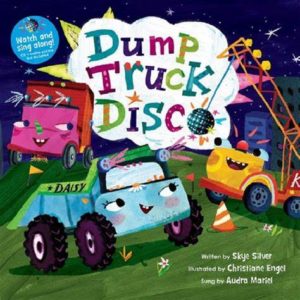 RVC: How’d one of Skye’s book, Dump Truck Disco, happen?
RVC: How’d one of Skye’s book, Dump Truck Disco, happen?
LR: When I was little, I had a big collection of Matchbox cars and loved to make up stories with them. I gave them names and personalities and invented a complex web of relationships and jobs and families for them all. So it was pure delight to write a book about construction vehicles that come to life and build a secret project together! Barefoot published it as a singalong, which means the book comes with (super catchy) music and audio animation. You can find a sneak preview of it here.
RVC: What’s your favorite construction vehicle from that one?
LR: Favorite truck in the book—that’s tough! Illustrator Christiane Engel brought them all to life with such amazing individual personalities. I think it’s a three-way tie between Dump Truck Daisy, Tractor Tiana, and Excavator Esteban.
RVC: The text scans quite well. What’s your strategy for handling meter and rhyme as an author? As an editor?
LR: Thank you! And that’s an easy one: reading and rereading lines out loud.
RVC: Since this is an Industry Insider Interview (allegedly!), let’s circle back to your editorial day job. What do you think is the most common misconception about editors?
LR: I googled “common misconceptions about editors” and came up with a lot of links saying that writers worry that their editors will change their work. I have enormous respect for the authors I work with—I think that being a writer myself helps me to understand both sides of the process and hope that brings an element of compassion and collaboration to my work as an editor. I try to communicate clearly with writers about where I see potential in their manuscripts and what changes I would ask them to make, before we sign a contract, to make sure that we’re on the same page. I think of my job as a literary lapidary: finding a gorgeous rock and helping polish all the facets so they catch the light and shine as brightly as the author intended.
RVC: Who or what has influenced you as an editor?
LR: That’s a tough one…I’d have to name every book I’ve ever read and every editor I’ve ever had the privilege to work with. Most recently, though, I have to say that reading books with my two-year-old has taught me an enormous amount about editing. There’s nothing like reading a book over and over with a toddler to show you where the plot lags or fails to hold a reader’s attention, where the syntax is clunky or there are missing details. And picture books are a shared experience between an adult and a child—you have to think about the grownup buying and reading the books as well as the young audience. My new test for a manuscript when I’m reading submissions is, “Would I still want to read this one again after reading it at bedtime every single night for MONTHS?”
RVC: That’s a high bar, indeed!
LR: Absolutely.
RVC: Since 2019, you’ve participated in #DVpit (a pitch event for unagented creators of marginalized communities) on Twitter. What do you most like about that event?
LR: I love that #DVPit gives editors a chance to discover writers who haven’t necessarily followed a “traditional” path towards publishing, or who are struggling to get their stories and voices out there. I don’t use Twitter much personally—it stresses me out!—but I resurface for #DVPit and a few other pitch events throughout the year. And I do think Twitter can be extremely valuable to writers for forming networks, learning from each other, and breaking down barriers of privilege and access in the industry.
RVC: What’s your favorite #DVpit success story?
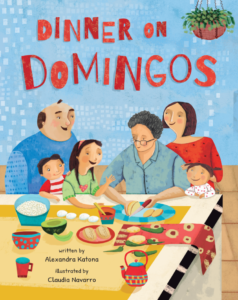 LR: That’s like asking someone to pick their favorite child… But I’ll mention the #DVPit success story I just finished working on—Dinner on Domingos by Alexandra Katona, illustrated by Claudia Navarro. It’s a gorgeous story about something I think we all long for very deeply these days: a big warm family gathering around a delicious meal. Based on the author’s own childhood, the main character is a first-generation Latinx American girl who doesn’t speak much Spanish, but wants to learn more so that she can bond with her Spanish-speaking grandmother. It’s a heartwarming story that speaks poignantly to any family with cultural differences that form both barriers and bridges between generations.
LR: That’s like asking someone to pick their favorite child… But I’ll mention the #DVPit success story I just finished working on—Dinner on Domingos by Alexandra Katona, illustrated by Claudia Navarro. It’s a gorgeous story about something I think we all long for very deeply these days: a big warm family gathering around a delicious meal. Based on the author’s own childhood, the main character is a first-generation Latinx American girl who doesn’t speak much Spanish, but wants to learn more so that she can bond with her Spanish-speaking grandmother. It’s a heartwarming story that speaks poignantly to any family with cultural differences that form both barriers and bridges between generations.
RVC: I’m more conscientious of health and wellness than ever before, so I’m trying to ask a question in that arena more often. With that in mind, what do you do to de-stress or for downtime?
LR: My brain and body feel best when I take a daily walk. Yoga and cooking help me relax. And playing music! Spending some quality one-on-one time with my piano or guitar always helps me recharge, clear my mind, and feel like myself again.
RVC: What’s your motto, or something you often say to encourage yourself?
LR: “There is no such thing as a children’s book emergency.” When deadlines are looming or a project feels stressful, it helps to remind myself that the entire point of my job is to bring joy to children. I’m unbelievably lucky to get paid to do this every day.
RVC: One last question for this part of the interview. What exciting projects should we expect from you in the near future, as an editor and/or an author? It’s brag time!
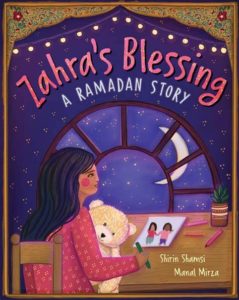 LR: One of our Spring 2022 books I’m most excited about is Zahra’s Blessing: A Ramadan Story, written by Shirin Shamsi and gorgeously illustrated by Manal Mirza. This book has so many layers—it’s a story about a child volunteering at a shelter for asylum seekers during Ramadan. It’s also more broadly about loss, hope, friendship, and family. Kirkus just gave it a lovely review, calling it “a sweet story about the importance of sharing and caring that’s embedded in Islamic traditions.”
LR: One of our Spring 2022 books I’m most excited about is Zahra’s Blessing: A Ramadan Story, written by Shirin Shamsi and gorgeously illustrated by Manal Mirza. This book has so many layers—it’s a story about a child volunteering at a shelter for asylum seekers during Ramadan. It’s also more broadly about loss, hope, friendship, and family. Kirkus just gave it a lovely review, calling it “a sweet story about the importance of sharing and caring that’s embedded in Islamic traditions.”
RVC: Shirin’s agent is Saba Sulaiman, who we just interviewed two months back at OPB. Small world, right?
LR: The publishing world sure is!
RVC: Alright, Lisa. It’s time to get zipping along, and zip-zap-zoom we will, because it’s the Speed Round! Wahoo! Are you ready?
LR: Uh-oh…
RVC: If you could pick a movie to describe where your life is at right now, what would it be?
LR: The sad truth is that I can barely stay awake through a whole movie these days…parents of toddlers will understand!
RVC: Weirdest celebrity run-in?
LR: I was once a listener contestant on the NPR radio show Wait Wait Don’t Tell Me, and that week, the guest celebrity star was Sir Patrick Stewart. Can I say that counts as a “co-billing”?! I still have Carl Kasell’s recording on my voicemail message. My mom used to text me: “I’m going to call you both don’t pick up, I just want to hear Carl Kasell.”
RVC: What literary invention do you wish were real?
LR: The tesseract. (Only if I get to travel it with Mrs. Who, Mrs. Which, and Mrs. Whatsit.)
RVC: Best non-Barefoot book you’ve read recently?
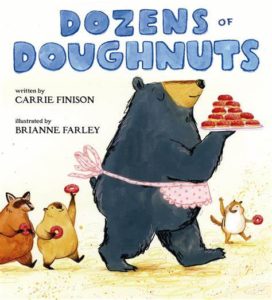 LR: Adult fiction—The Sentence by Louise Erdrich. I found it so cathartic to read this gorgeous haunting story set at the beginning of the pandemic.
LR: Adult fiction—The Sentence by Louise Erdrich. I found it so cathartic to read this gorgeous haunting story set at the beginning of the pandemic.
For picture books, I have to plug Dozens of Doughnuts by Carrie Finison! We’ve been reading it over and over at bedtime for weeks and it still makes me chuckle. The writing is impeccable and the story is so sweet.
RVC: What’s your dream project?
LR: A lyrical, poetic manuscript by a debut author, paired with a brand-new illustration talent—I love helping open doors for creators early in their careers. There is such magic in bringing someone’s first book to life.
RVC: Let’s end with a favorite line from a picture book you edited.
LR: “A skunk? A skink? Platypus? Sun bear? Goblin shark? Pink fairy armadillo? Friendly school librarian?”
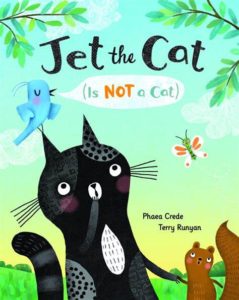 That’s from Jet the Cat (Is Not a Cat) and I won’t tell you the context—you’ll have to go read it to find out! (You can also hear all about the behind-the-scenes creation of this book in an interview with the author, the illustrator, and me on the Picture Book Look podcast.)
That’s from Jet the Cat (Is Not a Cat) and I won’t tell you the context—you’ll have to go read it to find out! (You can also hear all about the behind-the-scenes creation of this book in an interview with the author, the illustrator, and me on the Picture Book Look podcast.)
RVC: Thanks so much, Lisa! This was a truly great way to get us cooking along at OPB in 2022.

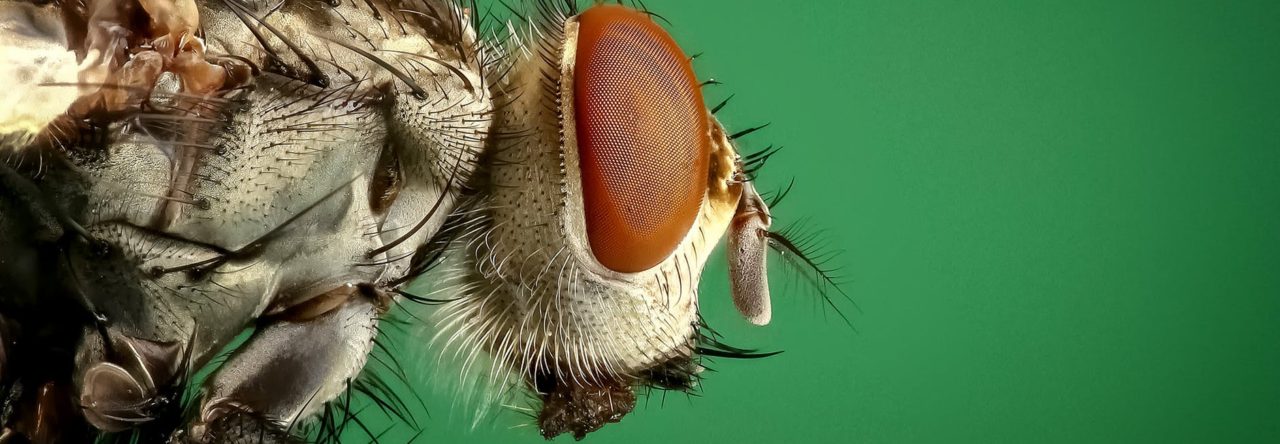
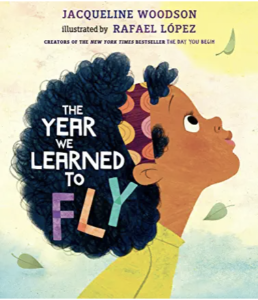
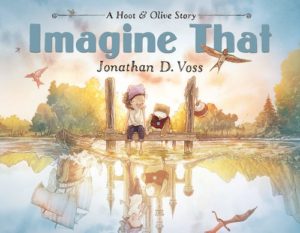
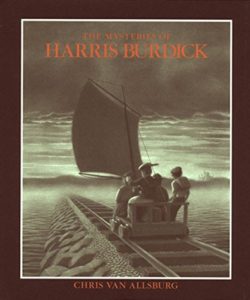
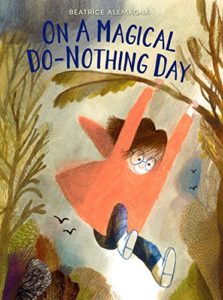
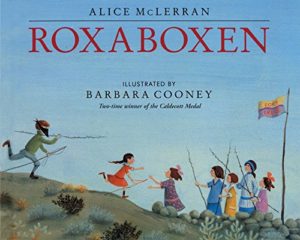
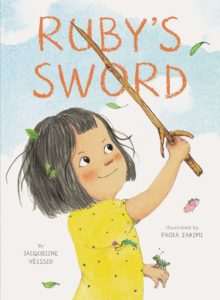
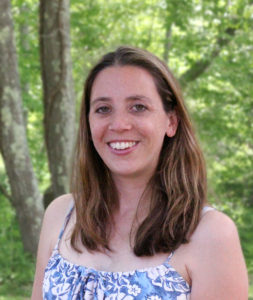 We’re starting off 2022 with an author/illustrator interview with
We’re starting off 2022 with an author/illustrator interview with 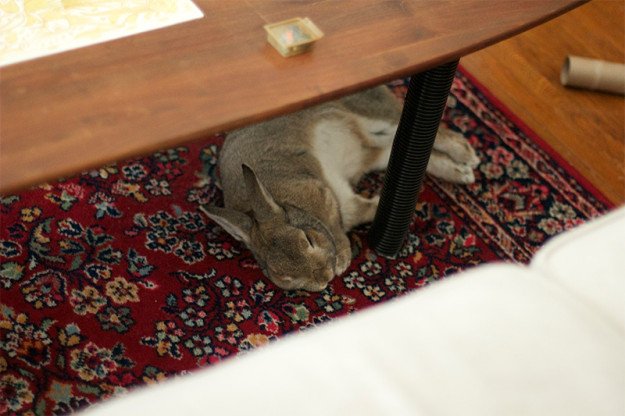
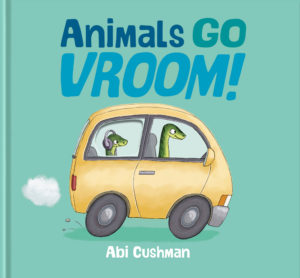

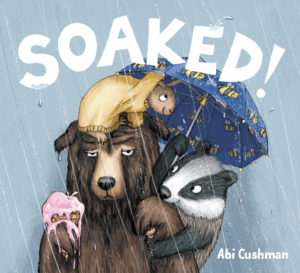

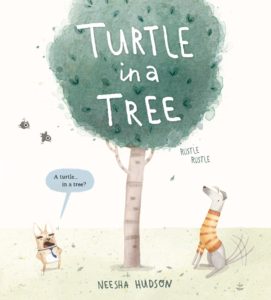
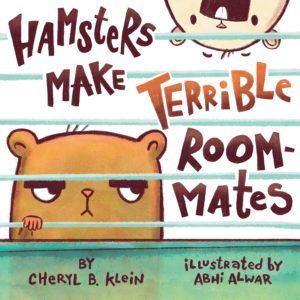
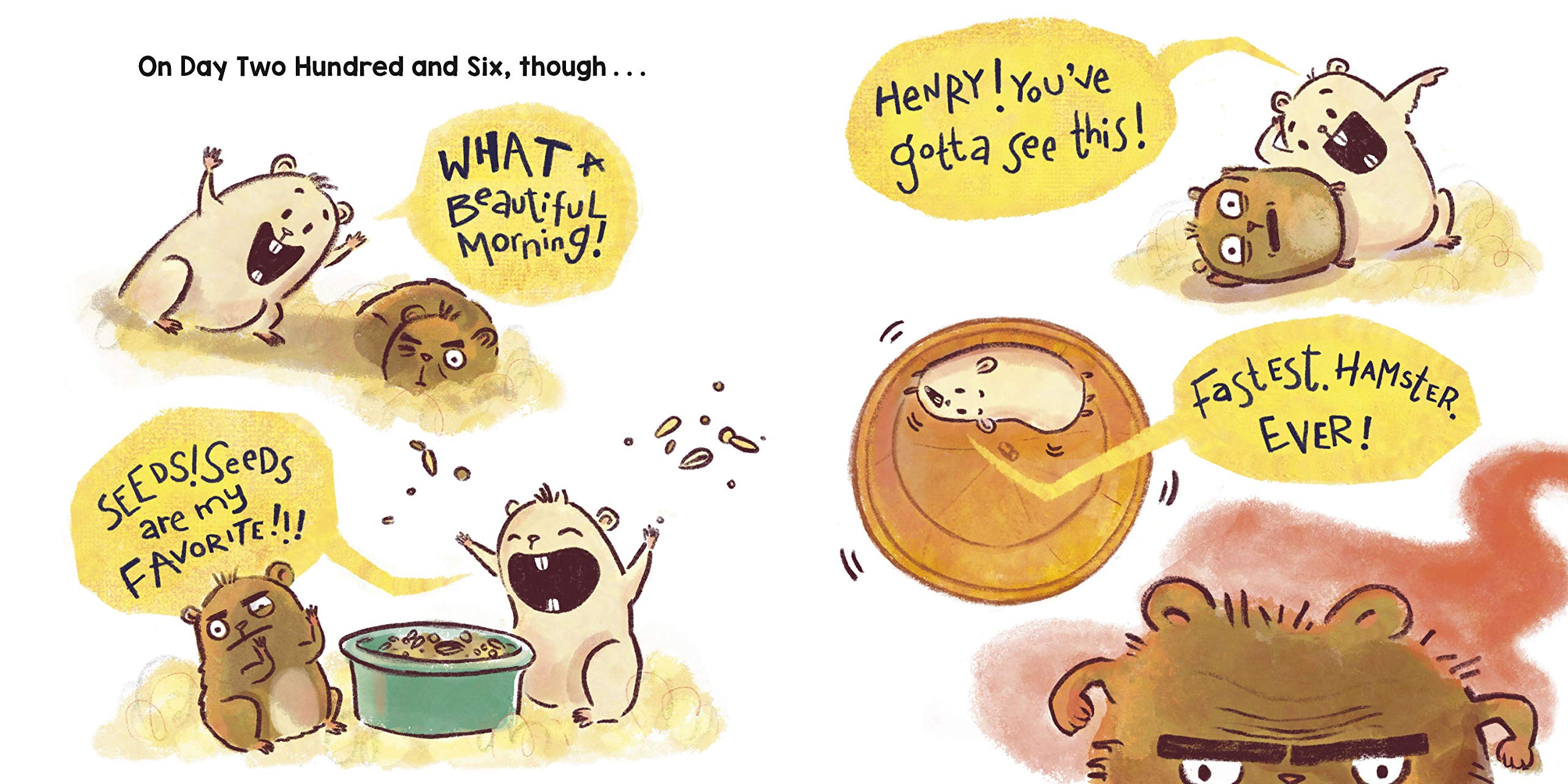
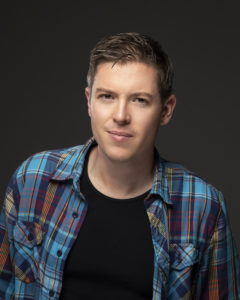
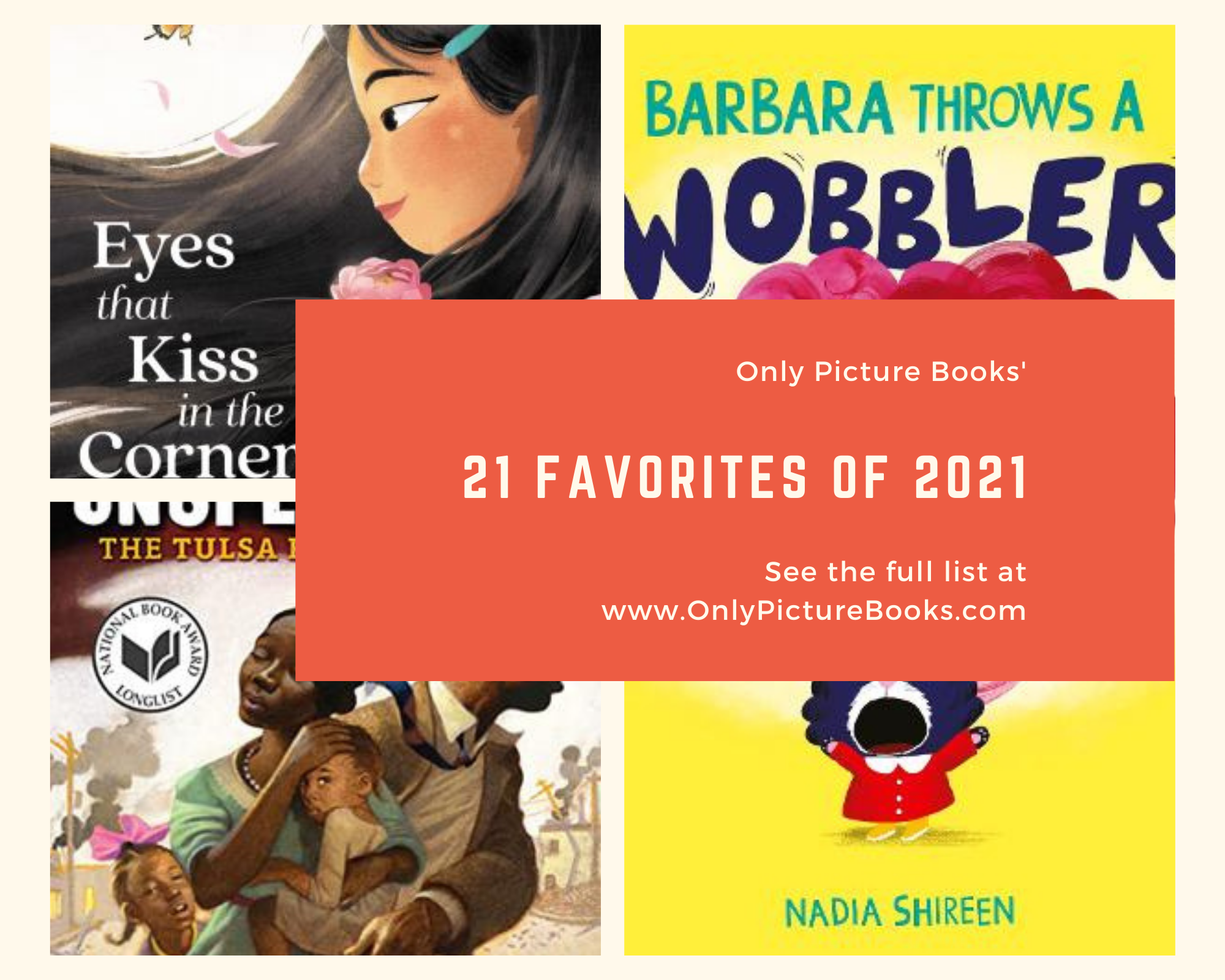
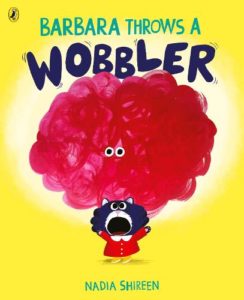
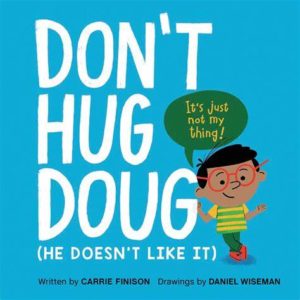
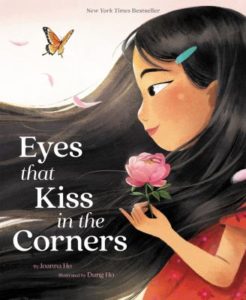
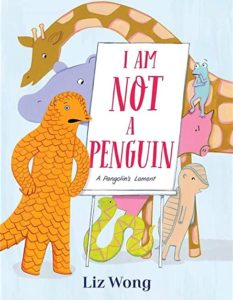
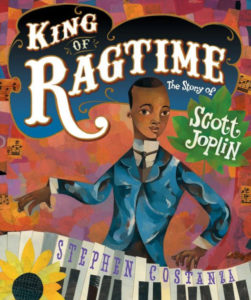
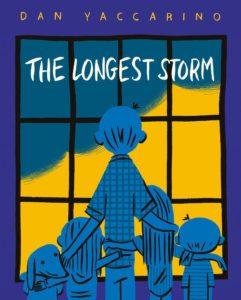
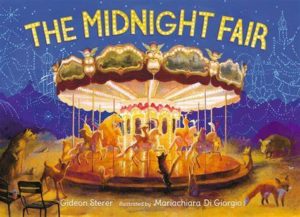
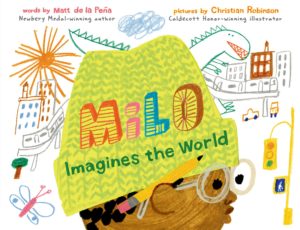
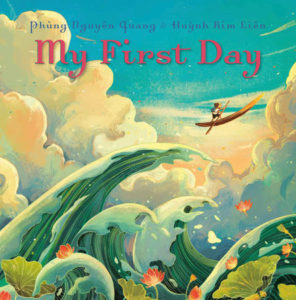
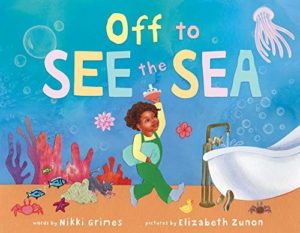
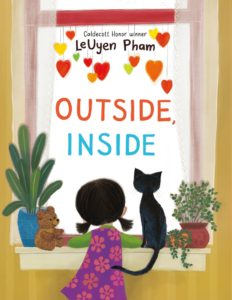
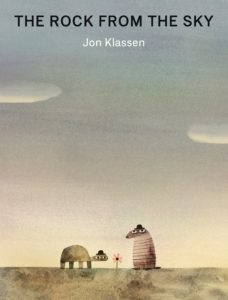
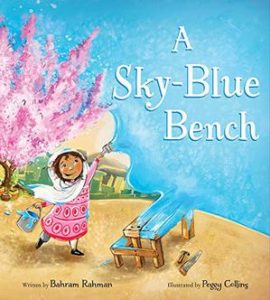
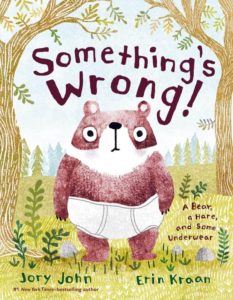
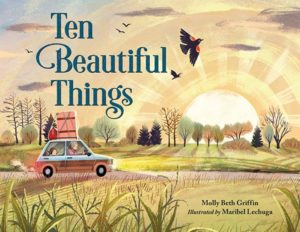
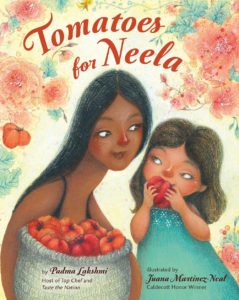
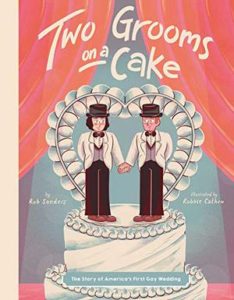
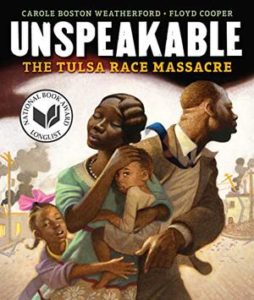
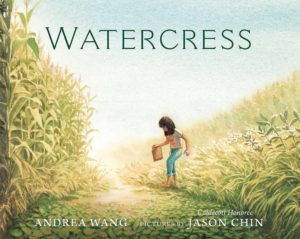
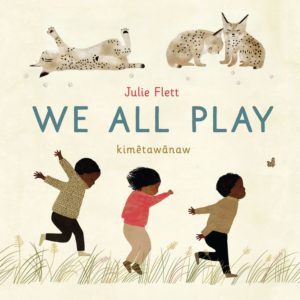
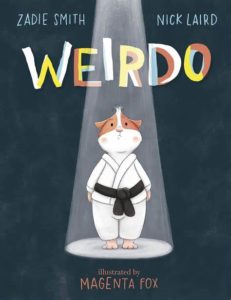
 This month’s Industry Insider Interview is with Harold Underdown, a Brooklyn-based children’s book editor. His editorial experience includes being Vice President of ipicturebooks.com, editorial director of the Charlesbridge trade program, and an editor for Orchard Books and Macmillan. For a long while, he worked as a consulting/independent editor, a writing and revision teacher, a workshop/retreat leader, and an online writing teacher. As of October 2021, he started work as Executive Editor at Kane Press. That means he’s cutting back on independent editing work, though he’s still going to be teaching and leading workshops.
This month’s Industry Insider Interview is with Harold Underdown, a Brooklyn-based children’s book editor. His editorial experience includes being Vice President of ipicturebooks.com, editorial director of the Charlesbridge trade program, and an editor for Orchard Books and Macmillan. For a long while, he worked as a consulting/independent editor, a writing and revision teacher, a workshop/retreat leader, and an online writing teacher. As of October 2021, he started work as Executive Editor at Kane Press. That means he’s cutting back on independent editing work, though he’s still going to be teaching and leading workshops.